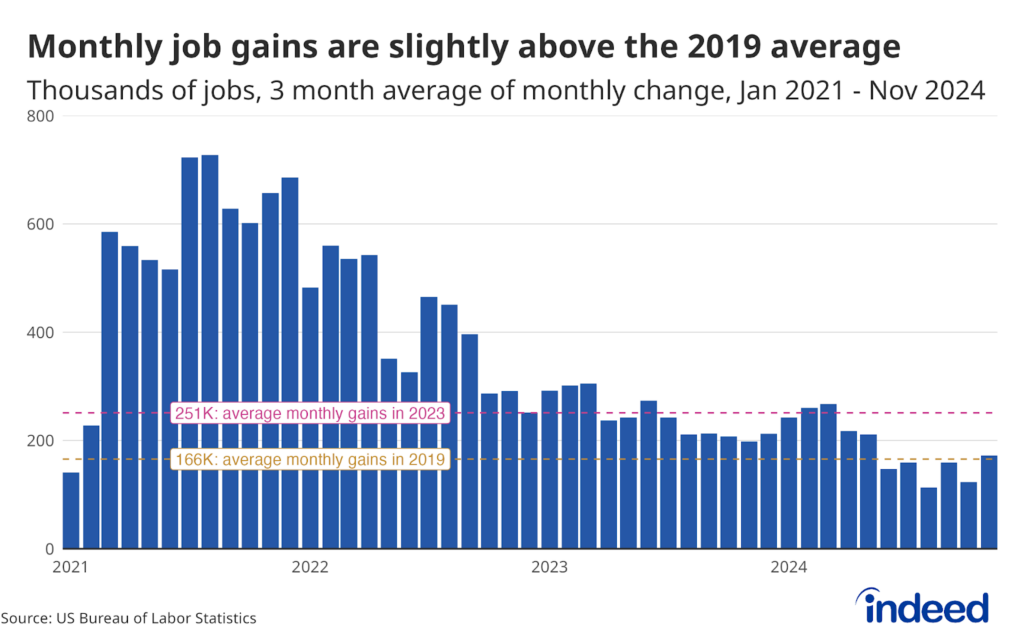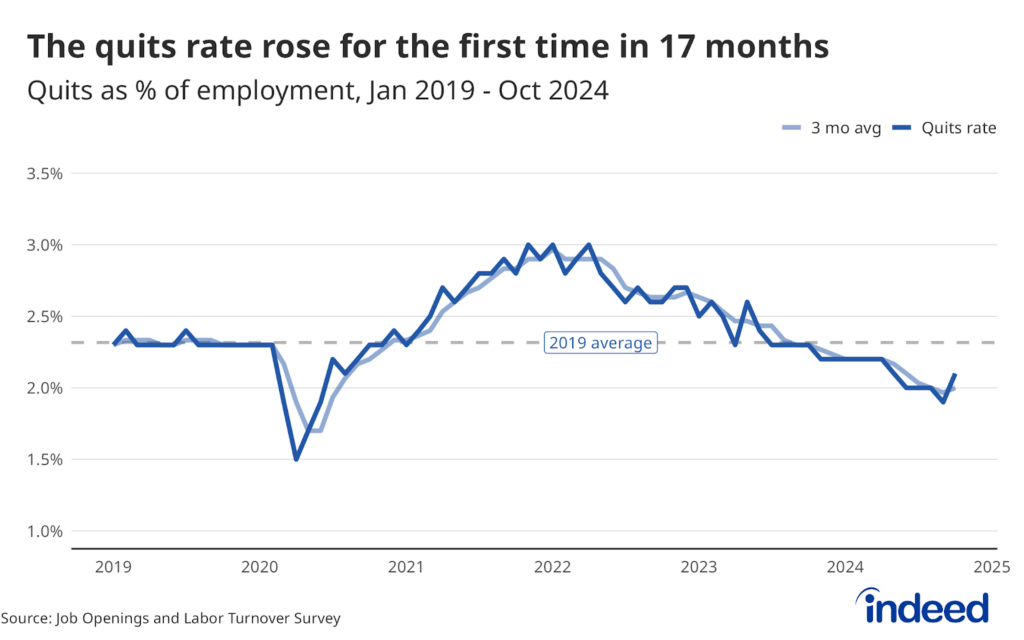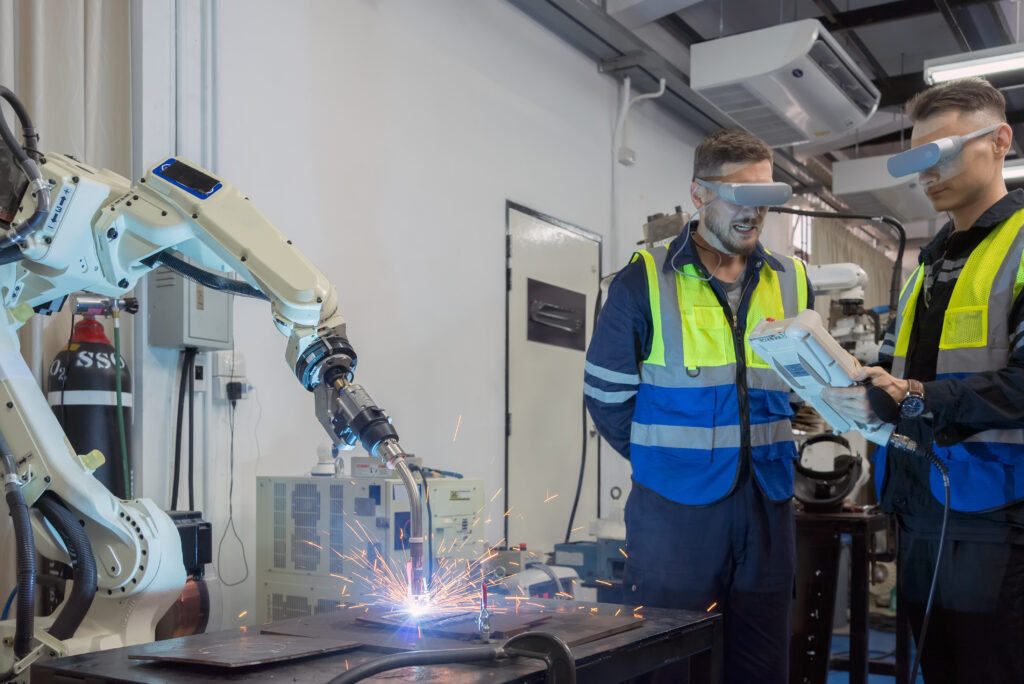Back in December 2015, everyone watching the labor market was also watching the Federal Reserve. Specifically, we were watching to see if the Federal Reserve would raise interest rates for the first time since 2006.
The Fed did raise rates by the close of the year—citing jobs gains, rising incomes and progress towards economic recovery to back that decision. And now, five months on, the central bank is considering another modest hike.
Fed officials are weighing this choice carefully. While the economy in the US is still performing well and has overcome setbacks from earlier in the year, there are still concerns about the global economy. In particular, the United Kingdom’s June 23 referendum on whether to leave the European Union has the potential to rock markets worldwide. Still, Fed Chair Janet Yellen didn’t voice concerns about international issues delaying a hike in her latest speech.
Instead, she said a rate hike would be “appropriate” if the economic data showed continued growth and voiced confidence in the six-year expansion wave we’ve been riding.
One piece of that expansion has been steady increases in the number of jobs available—and this is how jobs numbers and interest rates work together. The Fed will be watching this month’s jobs report for signs of continued growth or a slowdown. If jobs numbers come in below 150,000, which would be below current consensus forecasts, it could mean the economy is not strong enough for another interest rate increase. Setbacks to wages and/or negative revisions to previous reports could also be sign that the economy isn’t ready for an additional increase.
From my perspective, although that kind of downside surprise is possible, we could also be poised for a surprise on the upside. On Indeed, we see growing employer demand across sectors which could be a sign of jobs figures as high as 200,000 in increased payroll. April saw promising month-over-month growth in bellwether industries such as construction and manufacturing, a potential indicator that we’ll see continued gains for May.
How would an interest rate hike affect hiring?
If this month’s jobs report and other economic indicators give the Fed a green light for another interest rate hike, businesses could be inspired to hire even more. However, it will also impact specific job sectors and regions differently, which we’ll be watching closely as the interest rates take effect.
Manufacturing, construction and oil could all be impacted both by higher borrowing costs and an even stronger US dollar. That would mean more pain for many cities and states struggling with lower oil prices. It may also mean a reduction in new home building in markets where millennials are looking to buy their first home.
The Fed, of course, will wager that any negative impact from the rate hike will be offset by a growing economy that can sustain and outgrow a little cooling. The concern for waiting too long is more inflation which could take a toll on US businesses and households who have gotten used to overall price increases of less than 2% per year over the last several years.
It’s also likely that, despite uncertainty in Europe, the US can continue on its upward trajectory even if its neighbors across the pond head, at least temporarily, in the opposite direction.
[table id=25 /]

[ssba]






